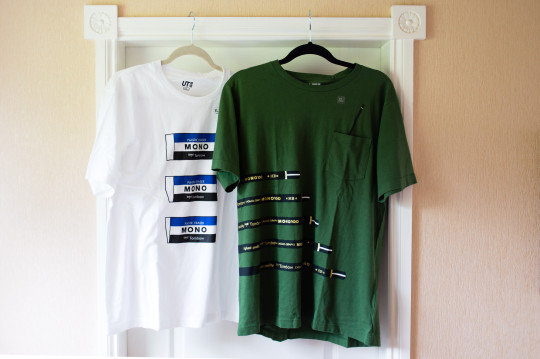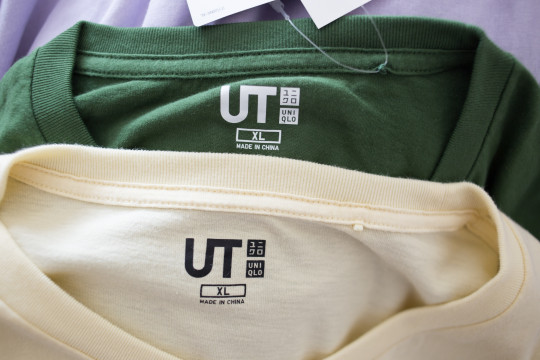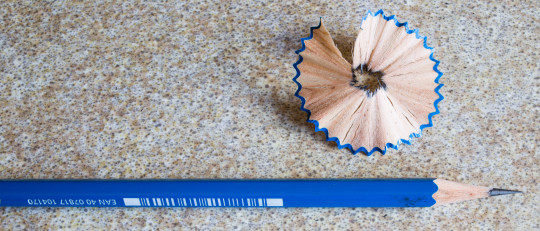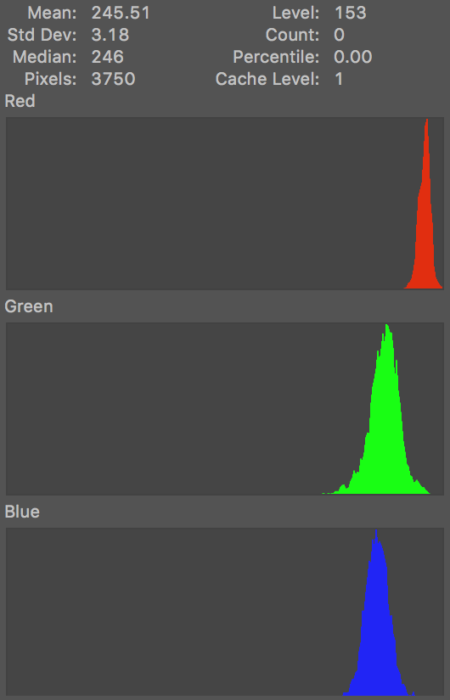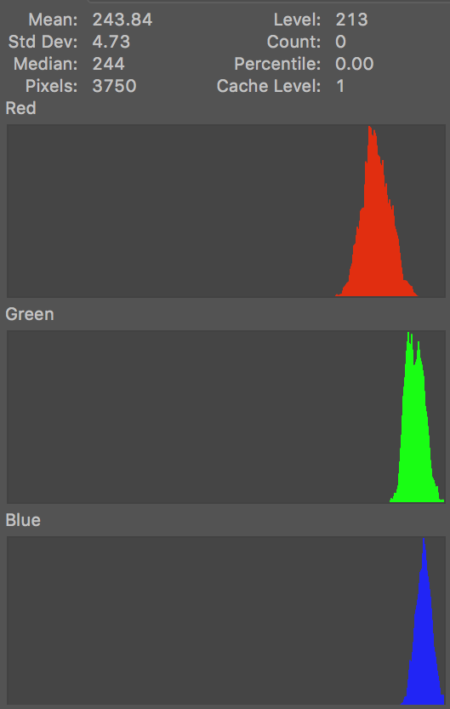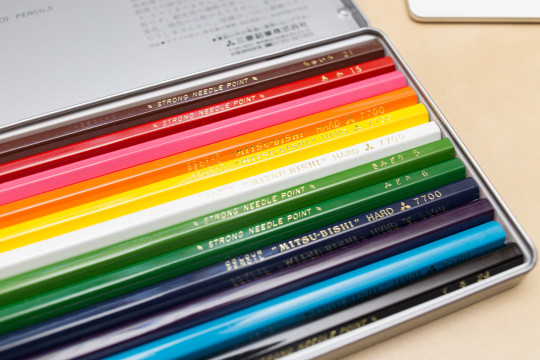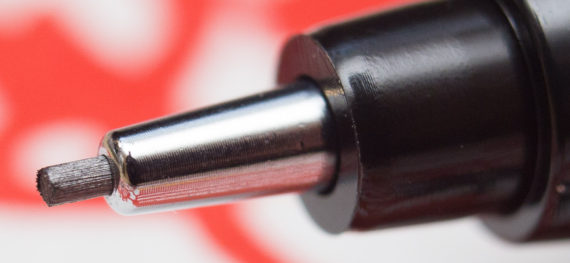The Uni Shift and a look at 0.4 mm leads

Let me start by saying: It’s all Lexikaliker’s fault.
He praised the virtues of 0.4 mm pencils, so I had to order one.
I had a look at various 0.4 mm pencils and decided to go with the Uni Shift for £7.43 from Amazon Marketplace in the UK [1]When I bought it it was 3p more expensive: £7.46., in the USA it sells for $10.20, again on Amazon Marketplace …including shipping. In many online shops this pen can easily cost twice as much, though. I have no idea how the pen can be sent from Japan for such a good price.

Despite coming all the way from Japan it only took a few days before the pen arrived. The seller even remembered that I bought form him before.
0.4 mm
In theory
Well, this is my first 0.4mm pencil. You’d think 0.4mm doesn’t seem to be that different to 0.5mm, it’s just 20% smaller, but depending on how you write the difference in the graphite you lay down can easily be 30% or more.
Here’s a little table showing the surface area you cover, depending on which angle you write with and assuming you don’t rotate the pencil(!). The spreadsheet is available as a Google Doc, so you can check the formulas I used. Please let me know if you find a mistake.

Assuming a writing angle of 40° a 0.5mm pencil would cover a surface area more than 50% bigger than a 0.4mm pencil, so there is quite a difference.
In practice
…well at least that’s the theory. In reality things look a bit different. When I checked lead diameters with my caliper I got different numbers. Have a look at the table below. Note: 0.3mm and 0.35mm is used interchangeably my manufacturers.
| Nominal value (mm) | 0.2 | 0.3/0.35 | 0.4 | 0.5 | 0.7 |
|---|---|---|---|---|---|
| Measured value (mm) | 0.24 | 0.36 | 0.46 | 0.55 | 0.68 |
I am not sure whether I read about this discrepancy in the past, but when I had a look I couldn’t find any information about this on the web. Since my caliper isn’t ‘officially’ calibrated and is just for home use I won’t go into more details and speculation here, other that these might be legacy diameters manufacturers adhere to so that leads and pencil stay interchangeable.
Using the nominal value, an 0.5mm lead used at an angle of 40° has a 50% bigger surface area than an 0.4mm lead. Using the measured values the 0.4mm lead is closer to the 0.5mm lead, but the gap to the 0.35mm lead widens, see table below.
| Lead size (mm) | 0.35 | 0.4 | 0.5 |
|---|---|---|---|
| Surface area (mm^2)(nominal diameter) | 0.15 | 0.20 | 0.31 |
| Surface area (mm^2) (measured diameter) | 0.16 | 0.26 | 0.37 |
The main issue with 0.4mm pencils is that the choice of leads is not that big, but the excellent neox Graphite leads are available in 0.4mm.
Uni Shift
The main purpose of the pipe lock mechanism seems to be to make the pencil pocket safe, i.e. the rigid sleeve/pipe is hidden so that it can’t damage your pocket. I guess the mechanism used in the Uni Shift makes it easier to create a pencil where the sleeve is rigid and doesn’t wobble, compared to mechanical pencils with a retractable sleeve. Easier might in this case also equate to ‘cheaper to manufacture’.
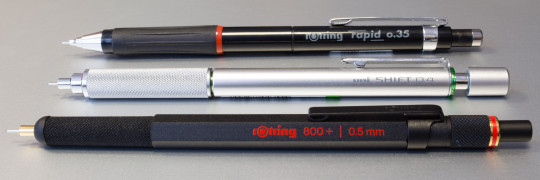
The mechanism that locks the lead feels a bit clumsy. I don’t find it as nice as some alternatives, shown in the video, mainly because it is more difficult to use single handedly.
I like the grip section. It is made from metal. The upper body of the pen is only plastic. Considering the price of the pen this is however not surprising.
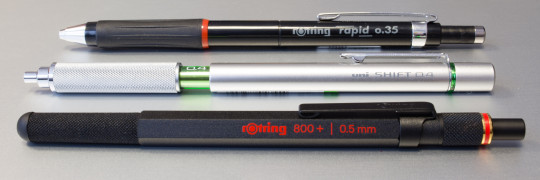
The pencil is excellent value for money, at least for the price I paid. If you don’t like 0.4mm you can buy the Uni Shift in many other lead diameters, too.
Price: June and July 2016
Exchange rates: July 2016
As usual please open images in a new tab to see a high resolution version. To see the video inhigh resolution please open in YouTube,
If you want to read more about Mitsubishi and it’s link to other companies with that name have a look as Estilofilos.
If you want to be amazed by Lexikaliker’s special 0.4mm pencil have a look at Sonderanfertigung and Sonderanfertigung 2.
The Uni Shift has been mentioned in The Pen Addict podcast, episode 152, at around 30 minutes. One of Brad Dowdy’s favourite mechanical pencils.
The Pen Addict and Dave have reviews of this mechanical pencil.
References
| ↑1 | When I bought it it was 3p more expensive: £7.46. |
|---|
The Uni Shift and a look at 0.4 mm leads Read More »






